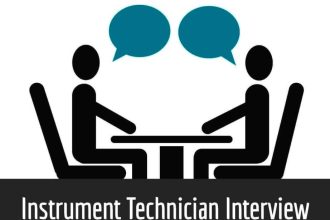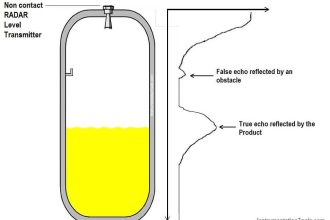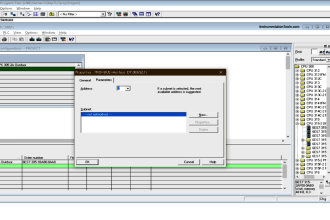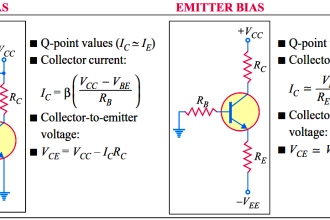Difference Equations
1. Difference equation model results in:
a) Sampled-data systems
b) Numerical analysis of continuous time systems
c) Continuous time feedback systems
d) Both a and b
Answer: d
Explanation: Equation in discrete time systems can be difference equation which are similar to the differentiation in the continuous time systems and difference equation results in sampled data system and numerical analysis of continuous system.
2. Difference equation is used in :
a) Discrete time analysis
b) Continuous time analysis
c) Digital analysis
d) None of the mentioned
Answer: a
Explanation: Difference equation are similar to the differentiation in the continuous systems and they have same function in discrete time systems and is used in discrete time analysis.
3. Difference equation in discrete systems is similar to the _____________ in continuous systems.
a) Difference equation
b) Differential equation
c) Quadratic equation
d) None of the mentioned
Answer: b
Explanation: Difference equation are the equations used in discrete time systems and difference equations are similar to the differential equation in continuous systems.
4. Difference equation solution yields at the sampling instants only:
a) True
b) False
Answer: a
Explanation: Difference equation are the equations used in discrete time systems and difference equations are similar to the differential equation in continuous systems solution yields at the sampling instants only.
5. Difference equation technique for higher order systems is used in:
a) Laplace transform
b) Fourier transform
c) Z-transform
d) None of the mentioned
Answer: c
Explanation: For higher order systems Z- transform which is transforming discrete time domain into z domain and is technique is convenient for analysis and design of linear sampled data systems.
6. Assertion (A): An LTI discrete system represented by the difference equation. y (n+2) -5y (n+1) +6y (n) =x(n) is unstable.
Reason (R): A system is unstable if the roots of the characteristic equation lie outside the unit circle.
a) Both A and R are true and R is the correct explanation of A
b) Both A and R are true but R is NOT the correct explanation of A
c) A is true but R is false
d) A is false but R is false
Answer: a
Explanation: Difference equation is y (n+2)-5 y (n+1) + 6 y (n) =x (n).
Taking z-transform, H (z) =1/ (z-2) (z-3).
The characteristic equation has roots z =2, 3. Since, the characteristic equation has roots outside the unit circle, hence the system is unstable.
7. The poles of a digital filter with linear phase response can lie
a) Only at z =0
b) Only on the unit circle
c) Only inside the unit circle but not at z =0
d) On the left side of Real (z) =0 line
Answer: b
Explanation: For stable systems the poles in z plane must lie inside or on the unit circle and Minimum number of delay elements = (Maximum power of z)-(minimum power of z).
8. If X(z) =(z+z-3)/(z+z-1), then x(n) series has:
a) Alternate 0s
b) Alternate 1s
c) Alternate 2s
d) Alternate -1s
Answer: a
Explanation: Using the long division method divide from denominator. So, x(n) series has alternate zeros n =1,3,5……
9. Assertion (A): The stability of the system is assured if the ROC includes the unit circle in z-plane.
Reason (R): For a causal stable system all the poles should be outside the unit circle in the z-plane.
a) Both A and R are true and R is the correct explanation of A
b) Both A and R are true bit R is NOT the correct explanation of A
c) A is true but R is false
d) A is false but R is true
Answer: c
Explanation: A causal system LTI system is stable if and only if all of poles of H(z) lie inside the unit circle.
10. Assertion (A): For the rational transfer function H(z) to be causal, stable and causally invertible, both the zeroes and the poles should lie within the unit circle in the z-plane.
Reason (R): For a rational system, ROC is bounded by poles
a) Both A and R are true and R is the correct explanation of A
b) Both A and R are true bit R is NOT the correct explanation of A
c) A is true but R is false
d) A is false but R is true
Answer: b
Explanation: For the rational transfer function H (z) to be causal, stable and causally invertible, both the zeroes and the poles should lie within the unit circle in the z-plane. For a rational system, ROC is bounded by poles.















